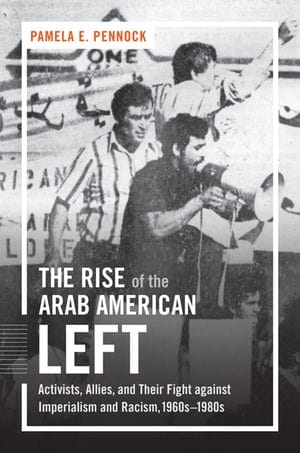Pennock, The Rise of the Arab American Left
Pamela Pennock positions her new book, The Rise of the Arab American Left, as a corrective to what she characterizes as a near omission of Arab American activism in histories of the left in the United States.










